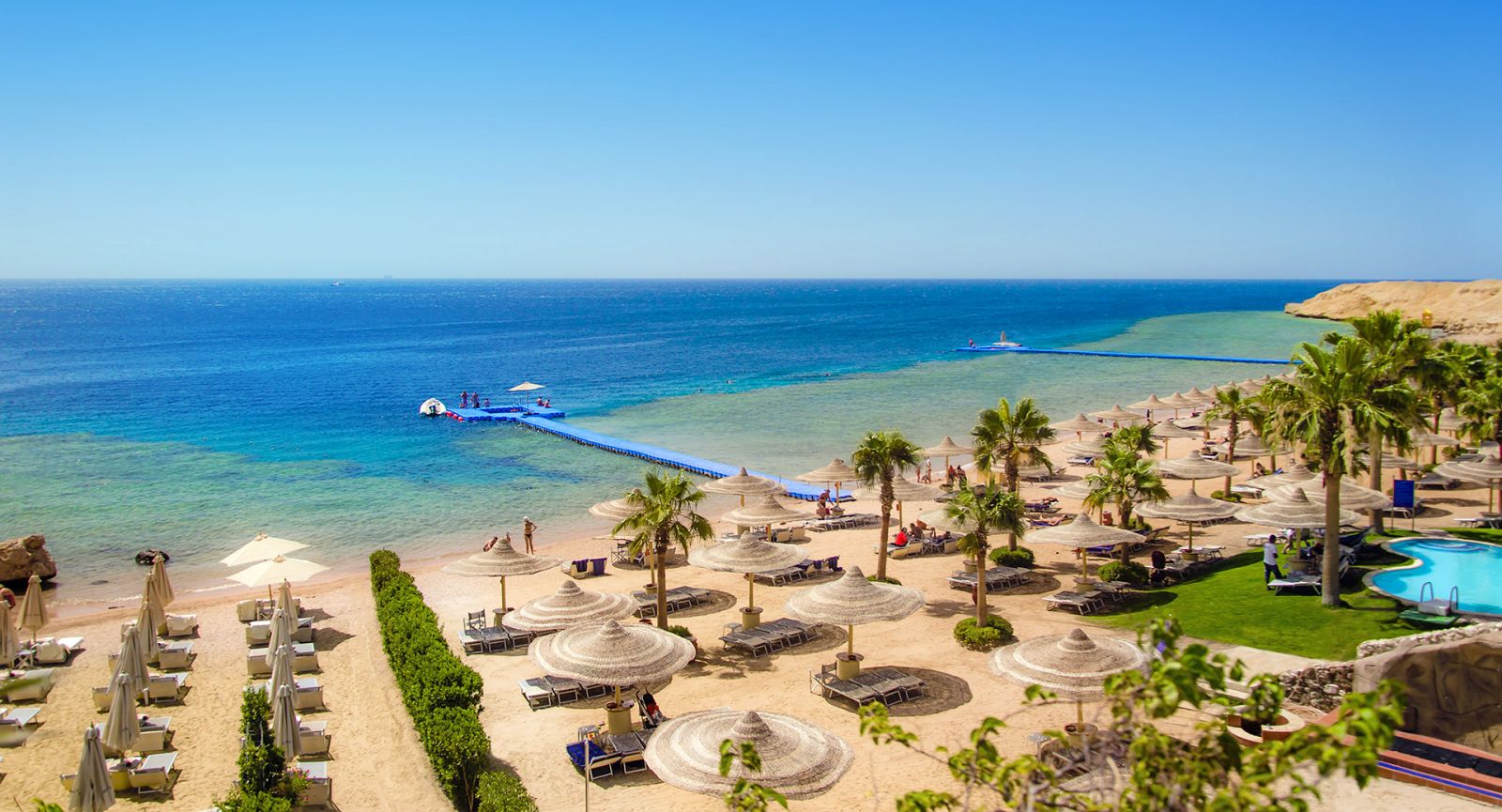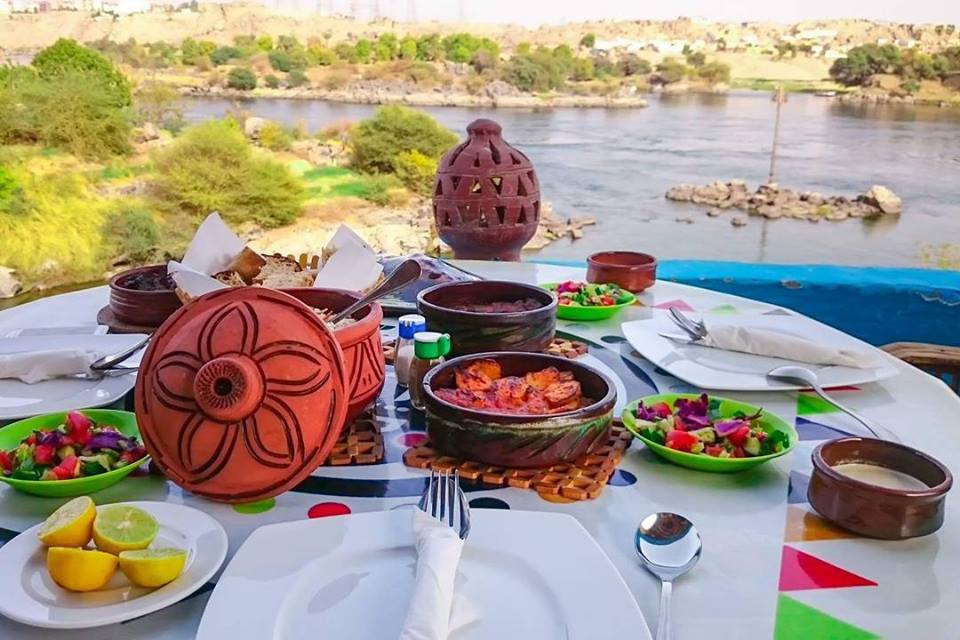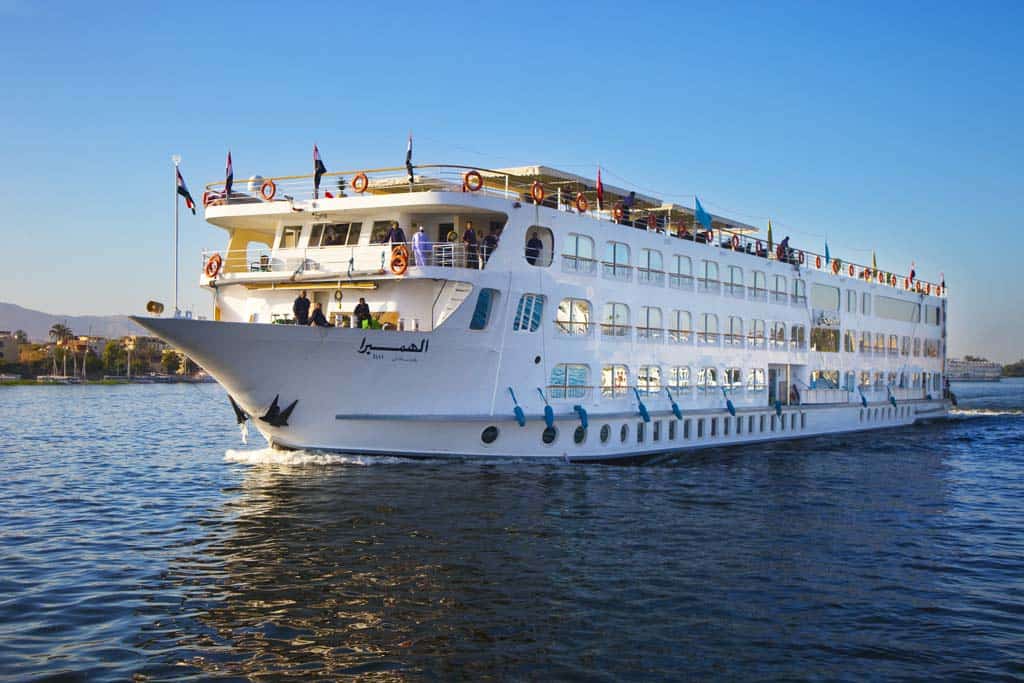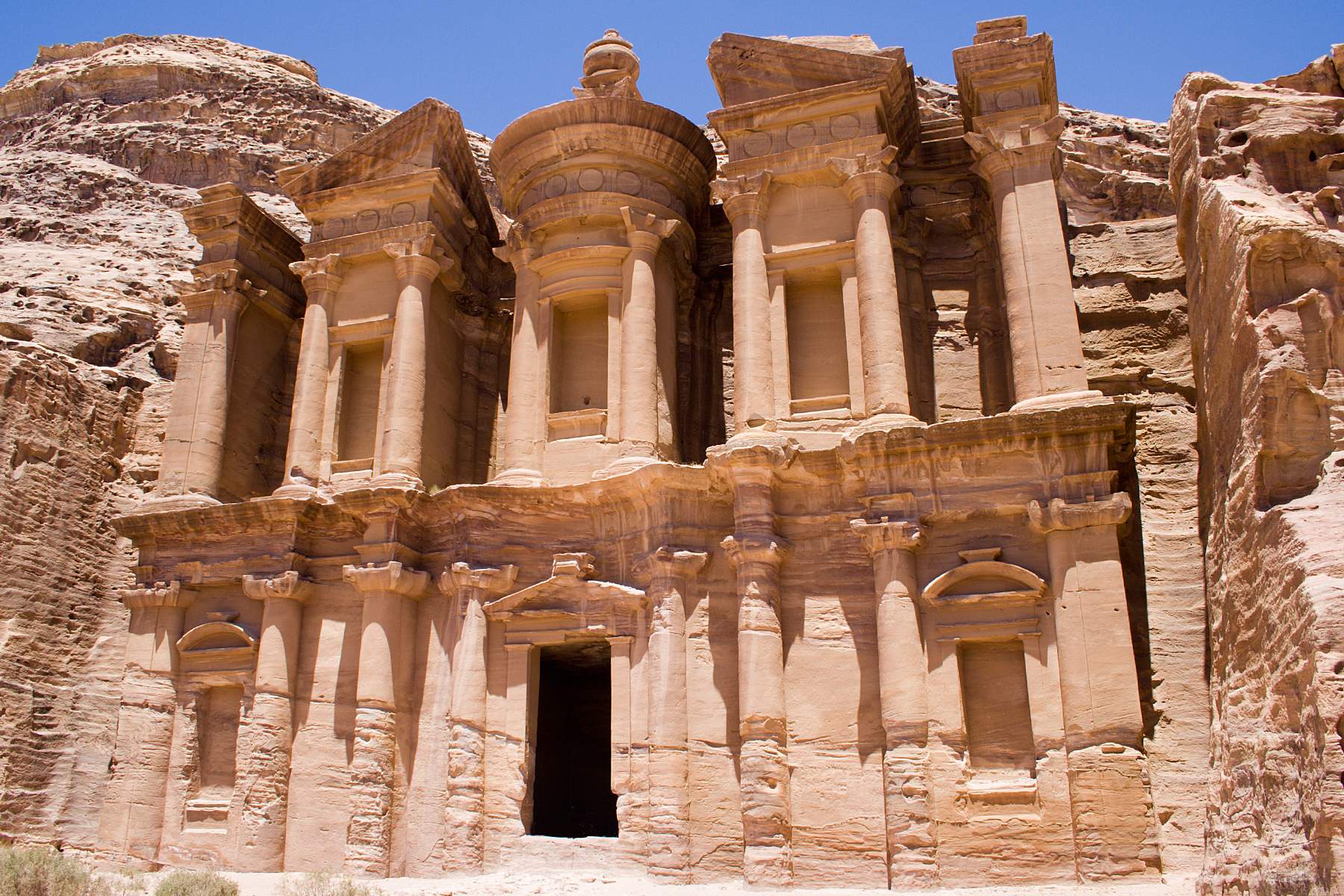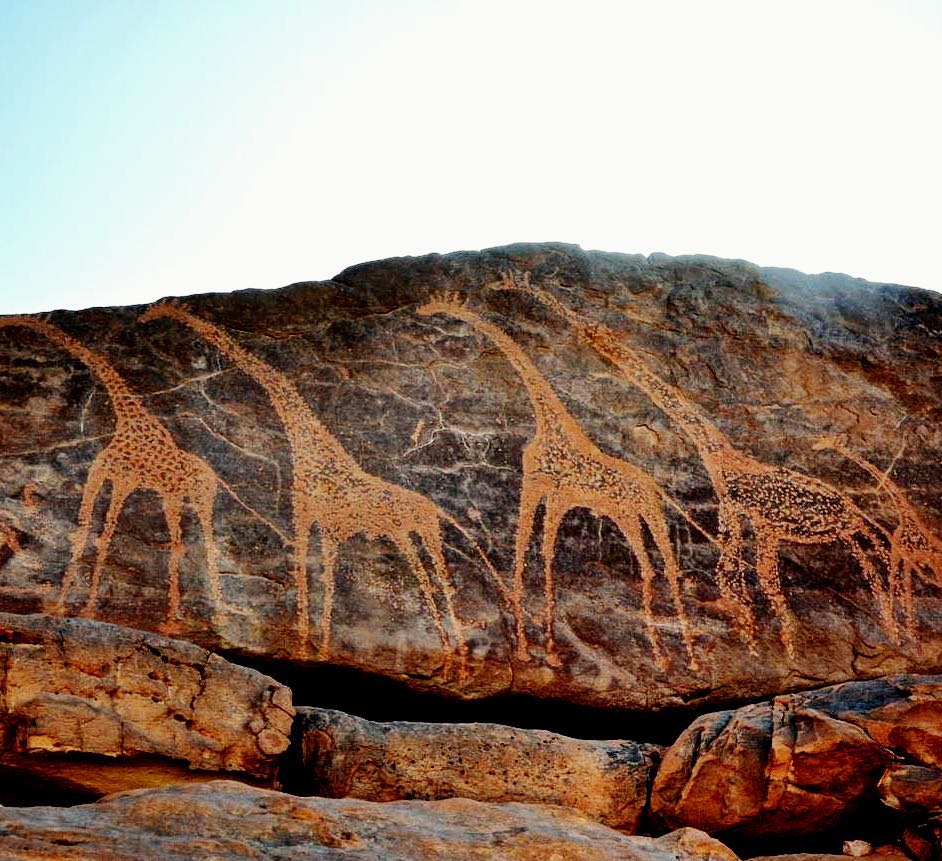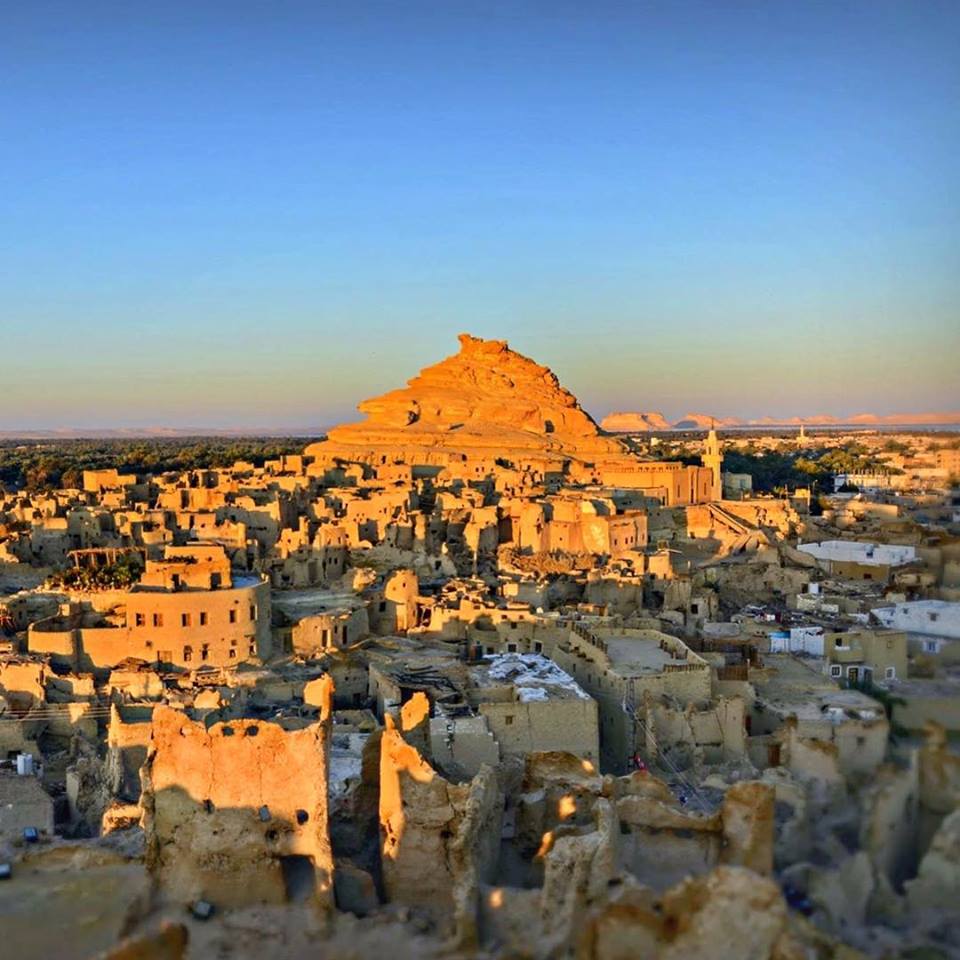travel to Aswan
03/04/2019
I very much looked forward to the overnight train journey to Aswan. The maddening energy of Cairo’s Ramses station, however, left me exhausted and I had just enough energy left to sit in the foreign tourist section with my cuppa of complimentary tea and cakes. Once the train rolled out of Cairo, the journey became more relaxing and it took around 13 hours to reach Egypt’s stunning southern city of Aswan. Despite being settled down comfortably in a family coupe post-dinner, I found sleep difficult to come by that night. So I went out instead and looked outside from the huge glass windows of the dining car. A huge moon had risen that night shading the Egyptian countryside in shades of black and silver. Only soft silhouettes stood against a glowing navy sky and I watched night birds fly across the disc-like moon towards the south. Incidentally, I too was heading that direction towards Aswan, the gateway of the ancient Egyptians to Africa. That was in 2010 when I used Aswan only as a starting point of my Nile cruise. It was once again in 2018 that I actually spent a few days there and Aswan completely bowled me over with its charms. I realized that there is much more to this lovely city and so presenting a complete two days in Aswan guide.
This Aswan guide begins with transportation
How to Reach
By Plane – Aswan is accessible by plane from various cities in Egypt EgyptAir, Nile Air, and Sun Express are a few airlines flying into Aswan. It takes around 1 hour to reach Aswan from Cairo. It is advisable to take a taxi from/to Aswan airport from the city center which is around 25 kilometers away.
By Train – This is the easiest and most comfortable way to reach Aswan. You can buy train tickets from the station by showing your passport or from any travel agent. From Cairo, there is a comfortable overnight train to Aswan.
By Bus – This is the least advisable method to reach Aswan unless you are coming from one of the Red Sea destinations.
By boat – Nile Cruises begin or end at Aswan. There are also ferry services from Aswan to Wadi Halfa in Sudan.
Aswan guide in Getting Around
Aswan is a pretty walkable city, at least to most places. However for longer distances, one can opt for a taxi, ferries, horse carts, and microbuses. The microbuses ply on a certain route and always ask if it’s going to your destination before boarding one. Alternatively, you can also rent a bike to ride around Aswan.
Where to Stay in Aswan
There is a wide range of accommodations available and here is an Aswan guide in picking a stay suitable for your budget and style. The luxury lovers can choose between the Movenpick Resort on the Elephantine Island, Sofitel Legend Old Cataract, and Helnan Aswan Hotel. Mid-range budget travelers can look around for some excellent offers on Airbnb. The homestay lovers can pick any of the Nubian guest houses and homestays in Elephantine Island or Gharb Seheyl. On my first visit in 2010, I stayed at the superb Sofitel Legend Old Cataract and in 2018 we chose the cozy Mango Guesthouse on Elephantine Island.
Aswan guide to things to Do and See
- The Nubian Museum – The beautifully renovated Nubian Museum is a treasure trove to Aswan’s Nubian heritage. Since Upper Egypt or Southern Egypt is culturally very different from the rest of the country, a visit to the Nubian Museum throws light into this unique ancient land. The entrance fee is 50 LE ($8.38) for adults and half price for students. A side-road beside the museum provides a short-cut to the Fatimid Cemetery and the Unfinished Obelisk.
- Fatimid Cemetery – Though not as grand as Cairo’s Cities of the Dead, many tombs of the Fatimid Cemetery of Aswan have a shape unique to southern Egypt i.e protruding “horns” below their domes. Emerge on Sharia Dr. Abdel Radi Hanafi from the Fatimid Cemetery to reach the site of the Unfinished Obelisk. P.S – You have to walk down the main entrance towards the building facing the back of the cemetery to reach this street.
- The Unfinished Obelisk – As the name suggests, this is a giant obelisk that was never completely carved out of the quarry. I personally found this attraction to be quite missable. The entrance fee is 30 LE (about $5) per person and half price for students.
- The Botanical Garden on Kitchener’s Island – A felucca ride away from Elephantine Island or the Corniche, the Botanical Garden is a lovely place to relax. This island was awarded to Sir Horatio Kitchener by evicting the ancestors of present-day Nubians, for his military exploits in Sudan. Hence the name. He planted a variety of exotic flora on the island, importing shrubs and seeds from as far afield as India and Malaysia. It is a lovely place to catch a sunset.
- Elephantine Island – The hump-backed local island is a charming place to experience the modern Nubian lifestyle. In the evenings, you can dine and relax at one of the few Nile facing local restaurants there. The tagines there are especially good. Cooked by local women, these restaurants are great options for supporting the local economy. There are two Nubian islands on the Elephantine Island, Siou and Koti. They are both very pretty and you can walk from one to another in ten minutes.
- The Nilometers – In ancient Egypt, the Nilometers of Aswan was the first to measure the river’s swelling thus enabling priests to calculate the height of the inundation, crop yields over the next year and the rate of taxation (which peasants paid in kind). Though there are two on the Elephantine island, the easier to find one is the Nilometer of the Satet Temple. Located by the riverside within the Aswan museum complex, ninety enclosed rock-cut steps lead down to a square shaft with walls graduated in Arabic, Roman and pharaonic numerals, reflecting its use from the ancient times till the late nineteenth century. The entrance ticket of 70 LE includes the Nilometer, a small garden, and the museum.
- The Tomb of the Nobles – Carved into the cliffside facing Aswan, the Tombs of the Nobles are best suited for fit travelers. Situated at different heights with the Old and Middle Kingdom ones occupying the uppermost space and the Roman tombs nearest the river. Walk up the path from the ticket kiosk and you will reach the high-numbered ones first.
Nubian skull caps for sale at the local souq
- Monastery of Saint Simeon – You can combine a visit to the tombs with the Monastery of Saint Simeon. Plan visiting in the early morning or late afternoon, when the sun is not so hot, as there is an uphill walk up a sand dune to get to this monastery which sits at the top of a hill. Taking a boat from Aswan is easy and a camel can then help you with the climb if required. The views from the top are the best in Aswan. Make sure to wear a hat and carry plenty of water.
- The Souq – Aswan’s bazaar is a popular place for tourists to buy colourful Nubian skullcaps and long scarves; heavier, woven shawls; traditional woven baskets and trays, spices and dyes; dried hibiscus or karkade, henna powder and peanuts.
- Mausoleum of Aga Khan – This mausoleum is located on the west bank inside a walled villa with a riverside garden. Its marble sarcophagus enshrines Aga Khan III, the 48th Imam of the Isma’ili sect of Shi’ite Muslims. He spent every winter in Aswan until his death in 1957 and until she was buried beside him, his wife placed a red rose on his sarcophagus every day. The compound is closed for public ever since her death.
-
Aswan guide to day excursions
-
- Abu Simbel – The day trip to the marvelous Abu Simbel with the sunrise convoy is very popular among Aswan visitors. Located close to the Sudan border, Abu Simbel temple was built by the famous pharaoh Ramses II to commemorate his victory in the battle of Kadesh against the Hittites. I visited it for the first time in 2018 and at that time for foreigners, the sunrise convoy was the only way to see Abu Simbel. Being married to an Egyptian, I could go there in a private car and the return trip was a pricey 2500 LE. The excursion with a convoy is much cheaper and there is at least one daily convoy each way. Made up of minivans, these convoys take up to 3 hours one way and seats can be booked through your hotel or the Aswan tourist office. The cost for a return trip is approximately 250 LE and prices vary upon the commission taken by your accommodation. Most tours depart at the 4:30 AM time slot and leave from Abu Simbel around 10:30 AM. The trip price does not include entrance fees and make sure to reach the pick-up point with some time on your hands. All convoy buses need to leave for their return journey to Aswan by 4 PM latest. Alternatively, you can fly into Abu Simbel directly. There is not much shade at Abu Simbel temple so carry a hat, sunscreen, sunglasses, and water. There are a little market and a cafe to relax after the visit. Do note that photography inside the Abu Simbel temple is no longer allowed. The Abu Simbel Entrance Fee in 2018 was 115 LE per person.
The beautiful outer courtyard of the Philae Temple
- Philae Temple – I fell in love with Philae Temple on my first visit to Egypt in 2010. In my eyes, it was like a golden lotus in the midst of a sapphire blue Lake Nasser. My recent trip only increased Philae’s charms and I consider it to be the loveliest temple in Egypt. Though it was dismantled and re-constructed on dry land to avoid getting submerged at the time of finishing of the Great Dam, the temple is well preserved in an incredible setting. Entrance is 50 LE ($8.38) and half price for students and access to the temple complex is by rowboat, from the boat landing at Shellal. The “official” price for a return boat ride is EGP10 per person. Be prepared to haggle but not pinch your pennies just for the sake of it. Philae has a daily sound and light show with presentations in English, French, German, and Spanish.
Nubian men relaxing outside their homes in Aswan
- Visiting a Nubian Village – This is one of the most photogenic and lively day trips from Aswan. Nubian villages are full of colours and the most popular one is Gharb Seheyl. Albeit very touristy, it is a great place to unwind with a beer, take pictures, and even dine. You can go there by boat or by taxi. One can also go for camel rides in the desert from Gharb Seheyl. My personal tip is to return to Aswan corniche by a felucca to enjoy the beautiful scenery and the famous cataracts of the Nile.
-
Food and Drink / Restaurant
- Al-Masry Restaurant in the old town – A very popular place among the locals and tourists alike, it serves Egyptian cuisine. We ate there every day and I personally recommend the Orzo Soup and Chicken Molokhiya.
- Alcoholic Beverages – There is a bar overlooking the Nile on the Corniche opposite the KFC which serves the local Stella beer. Expect cheap prices and grubby ambiance.
.jpg)
